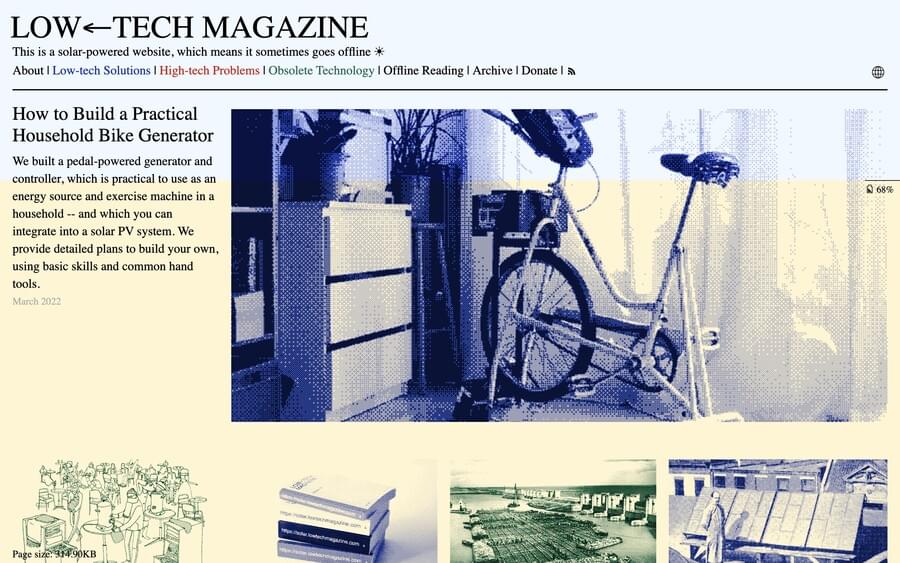
The time of stock images is over. In our design process, we can't rely on AI's work, but we can use it as inspiration and research tool. Interesting ideas from @erikdkennedy in his recent newsletter Design Hacks (learnui.design/newsletter.html) (very recommended, btw): 

– For AI Portraits, use Lexica Aperture (lexica.art/aperture),
– For AI headlines and CTAs, use ChatGPT (chat.openai.com),
– For AI textures, icons and visual assets, use DALL-E (openai.com/dall-e-2/),
– For AI headlines and CTAs, use ChatGPT (chat.openai.com),
– For AI textures, icons and visual assets, use DALL-E (openai.com/dall-e-2/),

– For AI logos, use LogoAI (logoai.com),
– For AI font picking, use ChatGPT,
– For AI image retouching, use Background Remover (icons8.com/bgremover) and Remove Background (remove.bg).
#ai #design #work #research #inspiration
– For AI font picking, use ChatGPT,
– For AI image retouching, use Background Remover (icons8.com/bgremover) and Remove Background (remove.bg).
#ai #design #work #research #inspiration
– AI color palette generator (khroma.co),
– AI image upscaling (letsenhance.io)
– AI doodles generator (experiments.withgoogle.com/autodraw)
– AI eye-tracking/heatmap testing (visualeyes.design)
– AI avatar generator (starryai.com/starrytars)
– AI image upscaling (letsenhance.io)
– AI doodles generator (experiments.withgoogle.com/autodraw)
– AI eye-tracking/heatmap testing (visualeyes.design)
– AI avatar generator (starryai.com/starrytars)
– AI-generated model photos (generated.photos)
– AI image editing (prisma-ai.com/lensa)
– AI mock-ups generator (uizard.io)
– AI image editing (prisma-ai.com/lensa)
– AI mock-ups generator (uizard.io)
• • •
Missing some Tweet in this thread? You can try to
force a refresh






